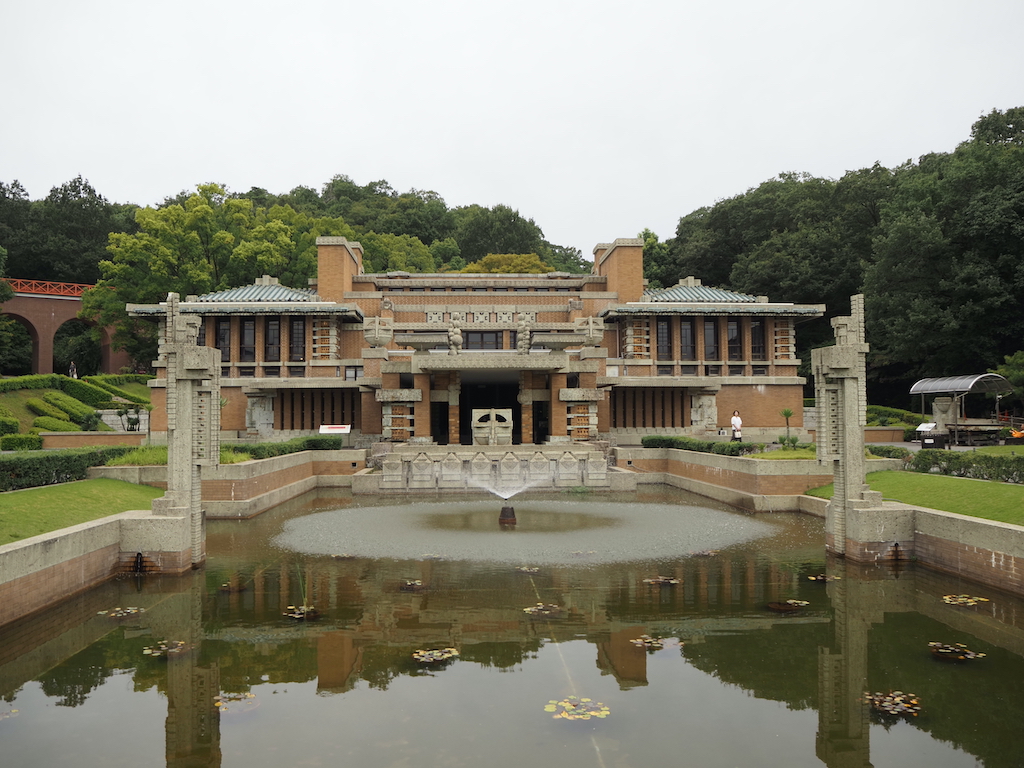I often have opportunities to visit Kyoto, but I hadn’t been to Nagoya very much. Since I wanted to buy a teapot and see works by Frank Lloyd Wright, I visited Nagoya for the first time in about 10 years.
Nagoya: More Than Just a Stopover
Nagoya is often thought of as a city people pass through rather than stay in, since it lies on the main route between Tokyo and Kyoto. The bullet train makes it easy to travel from one capital to the other without pause, and as a result, Nagoya is sometimes overlooked. Yet, the city has deep historical significance. It was the birthplace of several heroes of the Sengoku period, such as Oda Nobunaga, Toyotomi Hideyoshi, and Tokugawa Ieyasu. These leaders later shaped the course of Japanese history, not in Nagoya itself, but in the centers of Kyoto and Edo. This background gives the city a sense of being both a starting point and a bridge in Japan’s story.
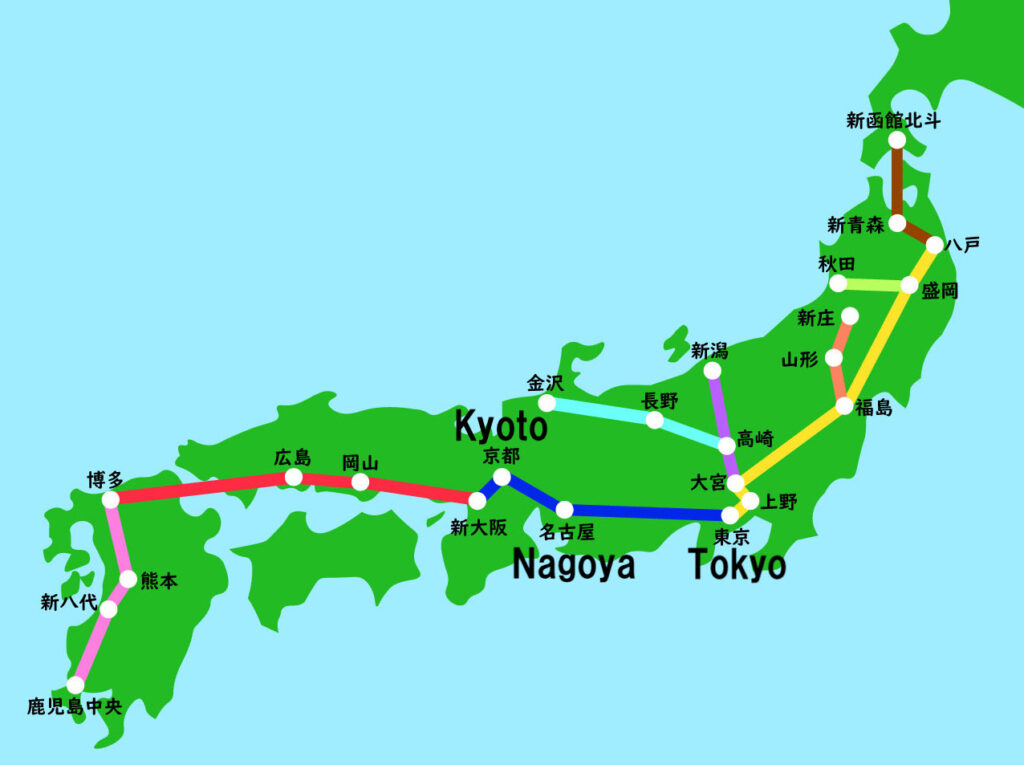
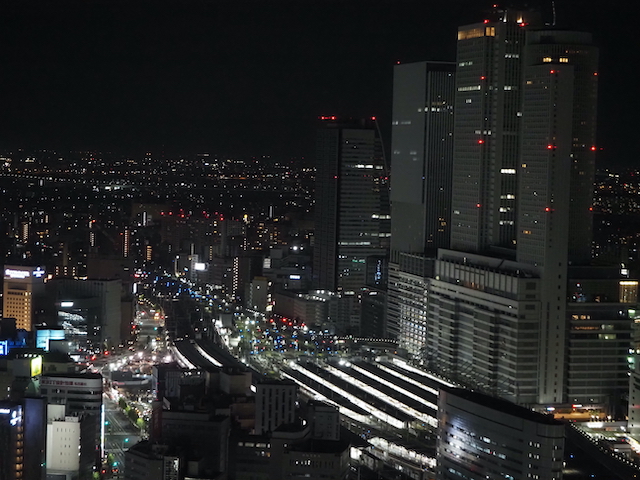
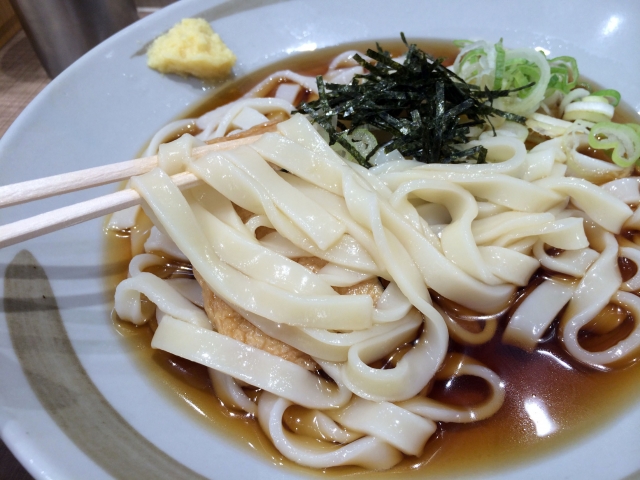
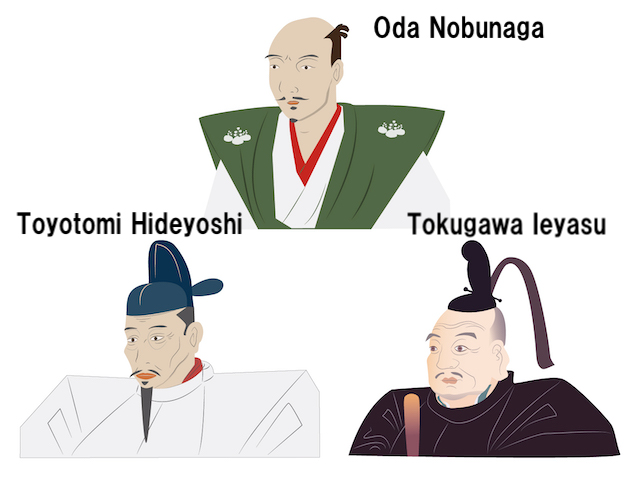
Tokoname: A Town Shaped by Clay and Craftsmanship
From Nagoya, I made a short excursion to Tokoname, a town famous for its pottery. Tokoname ware is among the oldest ceramic traditions in Japan, and its kilns have been active since ancient times. Walking through the narrow streets, I could see old climbing kilns and walls made from recycled ceramic pipes and bottles, which gave the town a unique atmosphere. Tokoname is especially known for its teapots made from shudei, a distinctive red clay that gives the vessels both beauty and durability. These teapots, admired by tea lovers for centuries, are not only practical but also works of art. The pottery as a whole ranges from everyday items to large decorative jars, each reflecting a heritage of craftsmanship. For me, Tokoname was more than a sightseeing spot—it was a chance to connect with Japan’s living traditions.
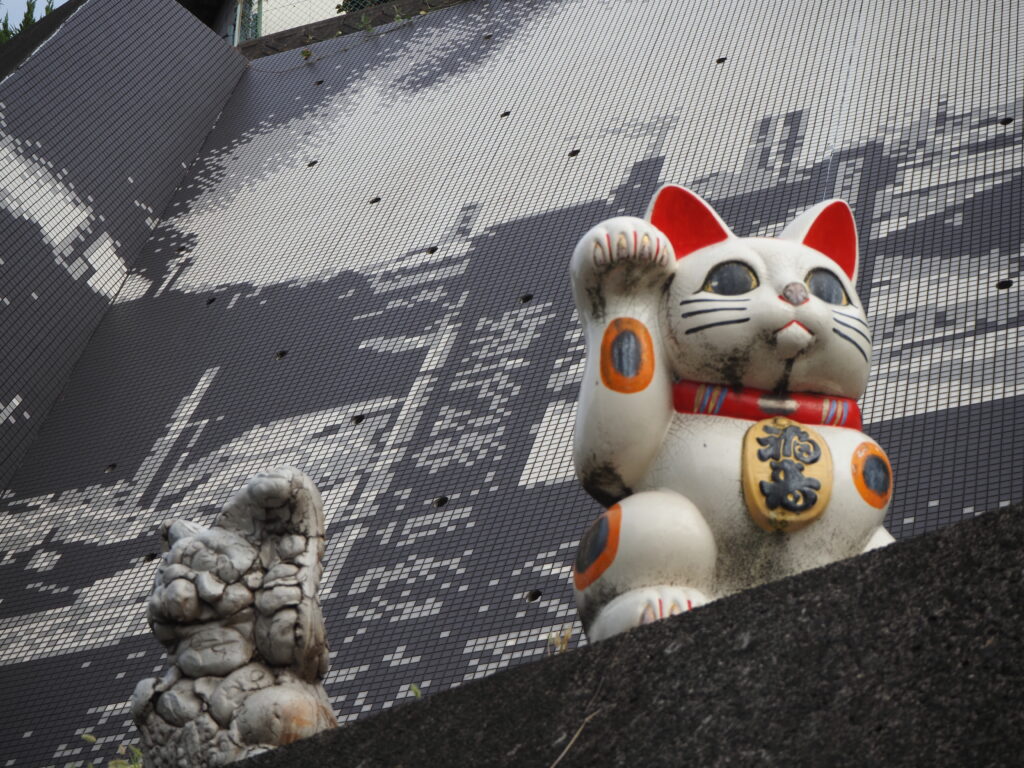
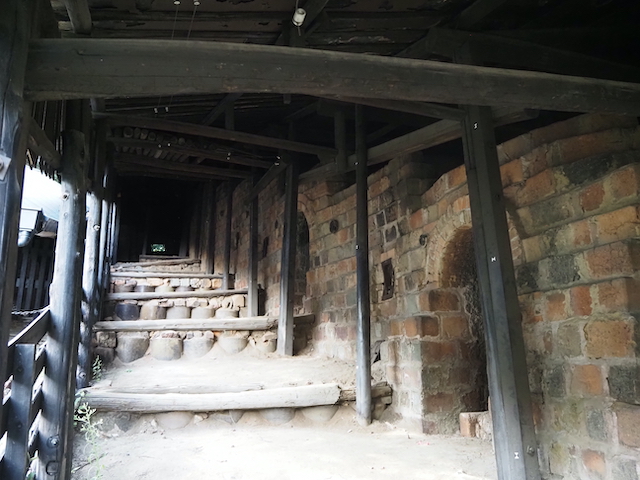
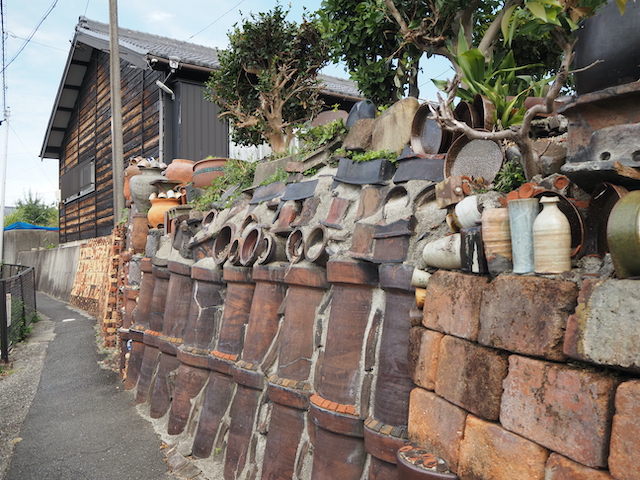
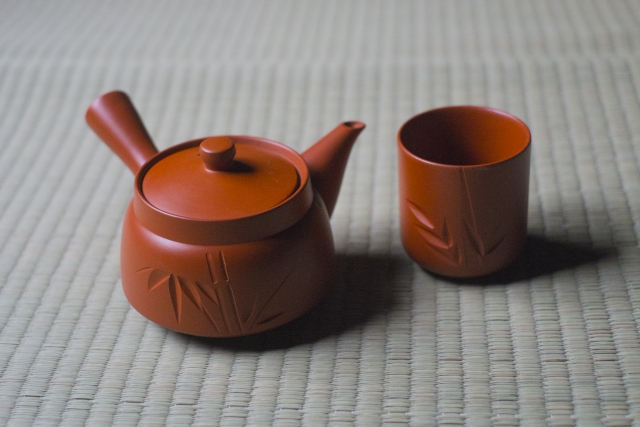
Meiji-mura: Preserving the Spirit of a Transformative Era
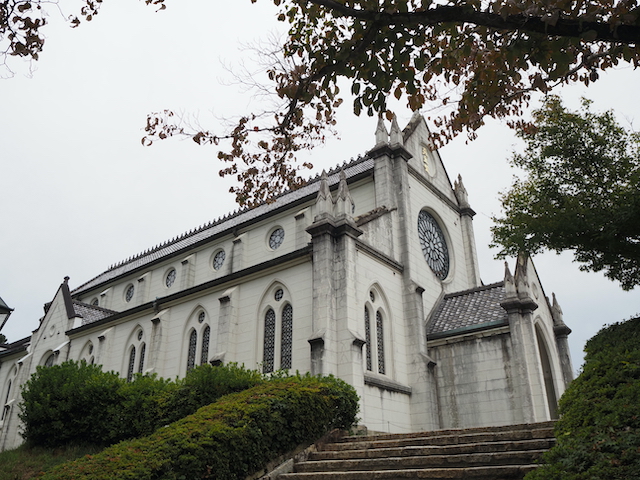
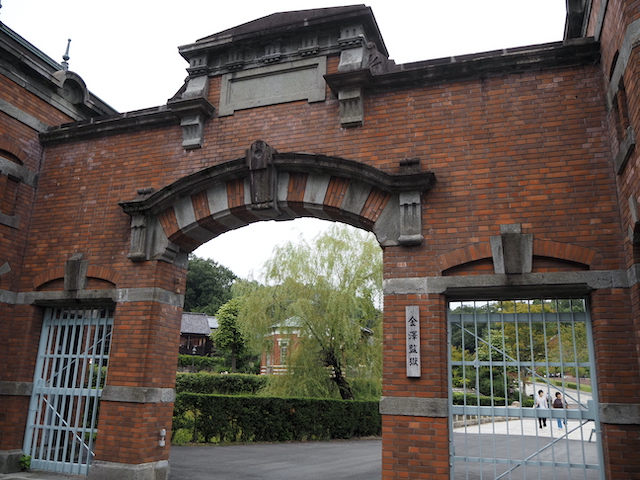

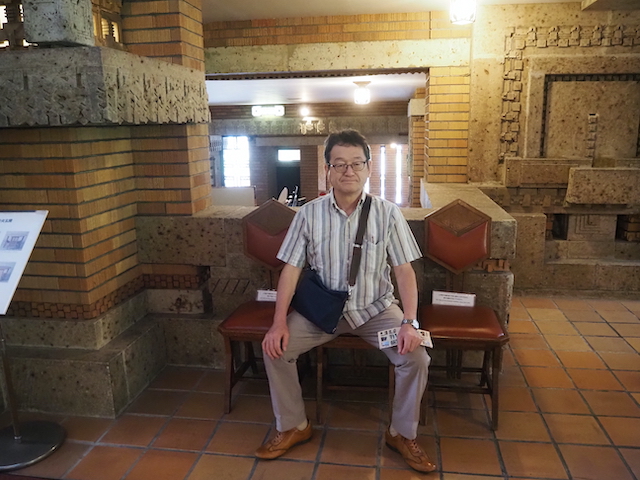
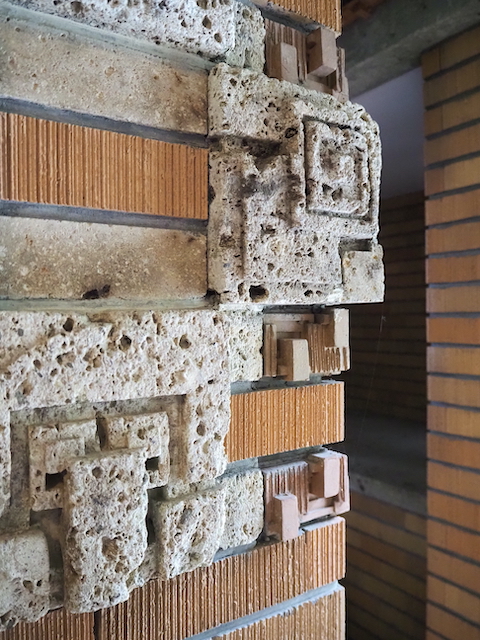
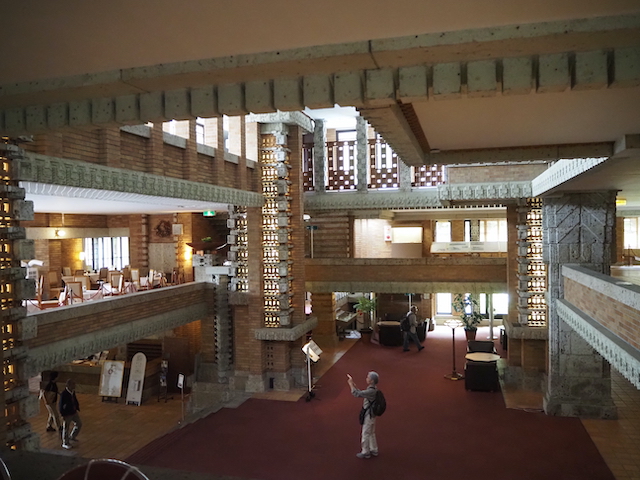
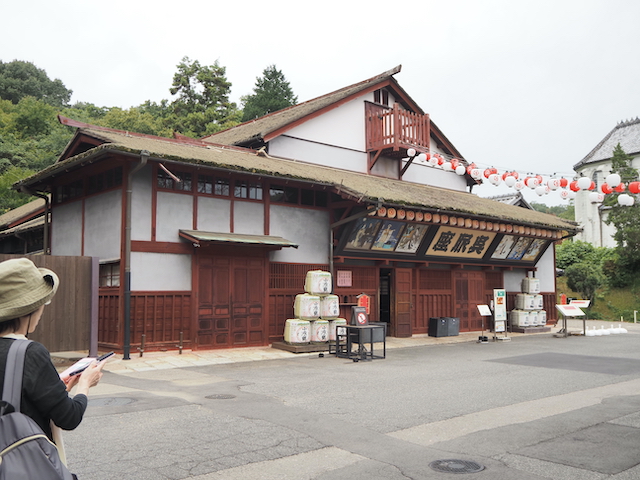
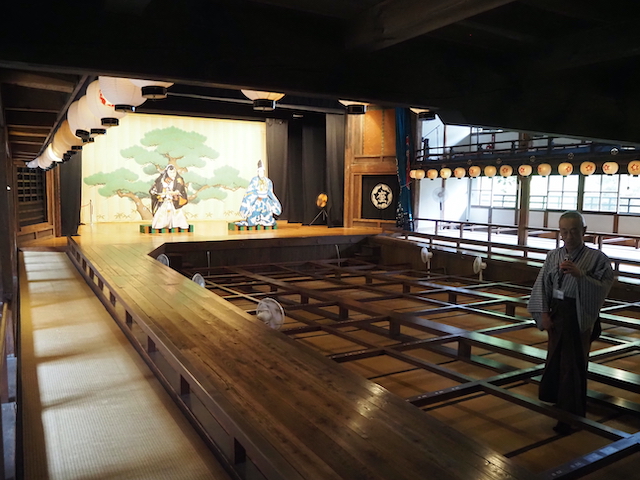
Another day, I traveled from Nagoya to the open-air museum Meiji-mura, which preserves important architecture from Japan’s Meiji period. The village was created to save historic buildings that would otherwise have been lost to modernization, and walking its grounds is like stepping back into the 19th century. Among its highlights is the lobby of the old Imperial Hotel, designed by the American architect Frank Lloyd Wright. This masterpiece of East-West fusion stands as a reminder of how Japan embraced modernity while respecting tradition. For anyone interested in architecture and history, Meiji-mura is an unforgettable experience.
Inuyama: A Castle Town with Timeless Views
I also visited Inuyama, a short train ride north of Nagoya. There, Inuyama Castle rises above the Kiso River. It is one of only five castles in Japan designated as a National Treasure, and one of only twelve castles with an original wooden keep still standing, making it an invaluable survivor of history. Climbing to the top of its narrow staircases, I was rewarded with sweeping views of the river, the town, and the distant mountains. On the way to the castle, I strolled through streets lined with preserved merchant houses and traditional machiya. Their lattice windows and white plaster walls evoked the days when the town prospered as a castle settlement.
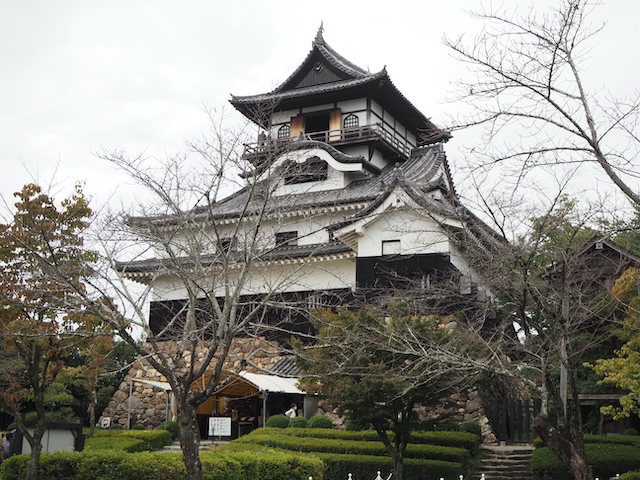


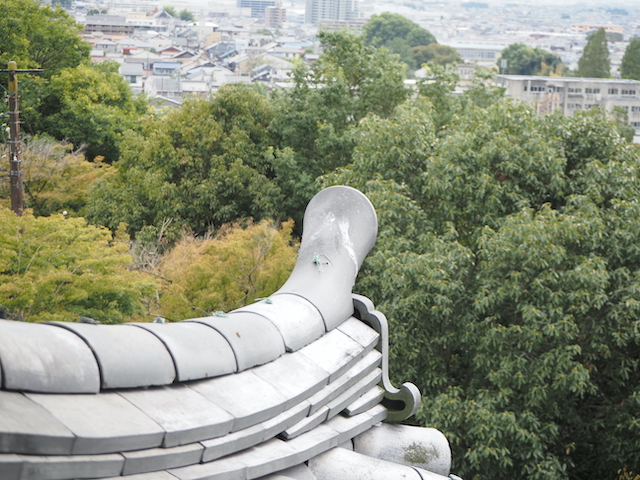
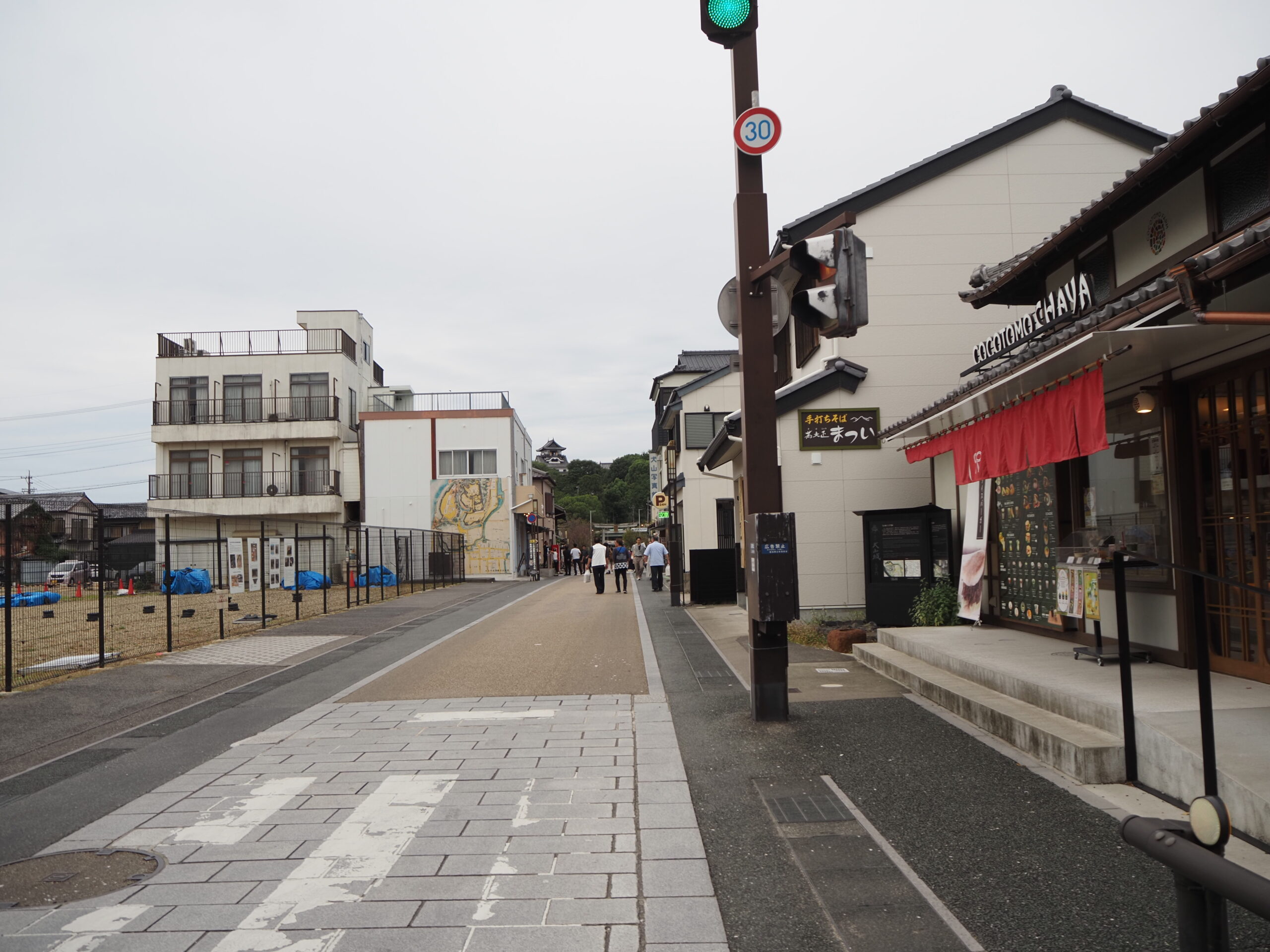
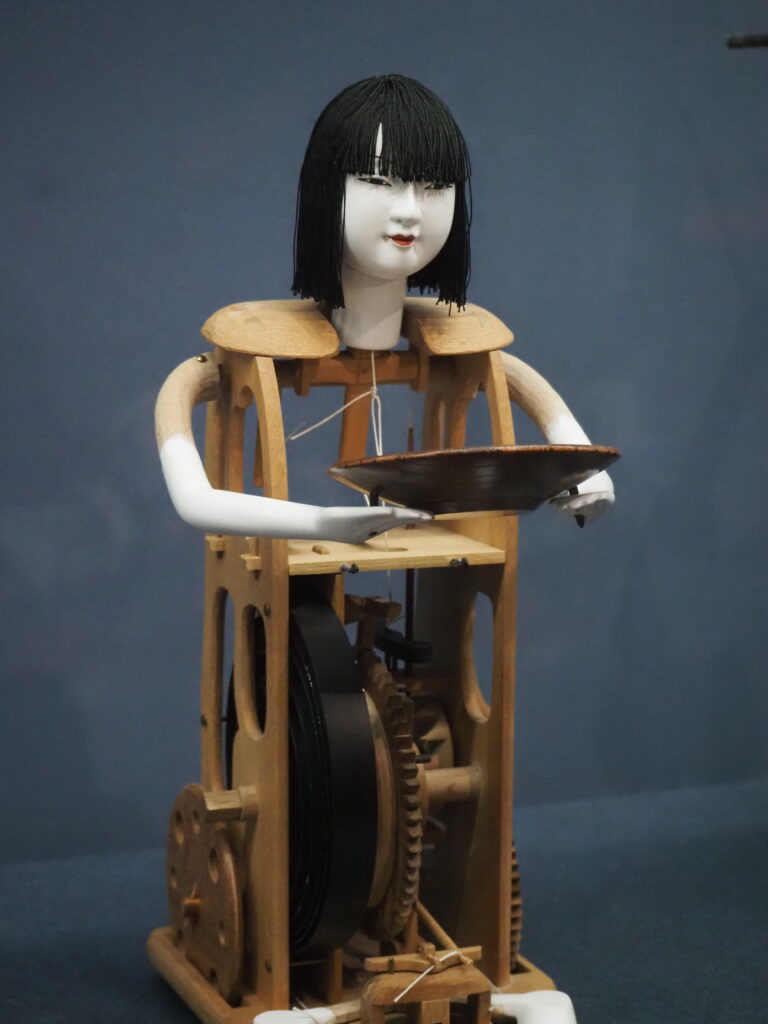
Getting Around: Easy Day Trips from Nagoya
All three destinations are easily accessible by train from Nagoya: about 30 minutes to Tokoname on the Meitetsu Line, around one hour to Meiji-mura via Inuyama, and about 25 minutes directly to Inuyama itself. This convenience makes Nagoya an ideal base for exploring the region.

